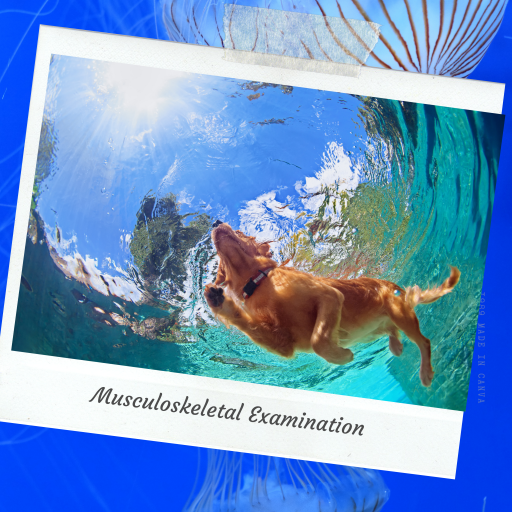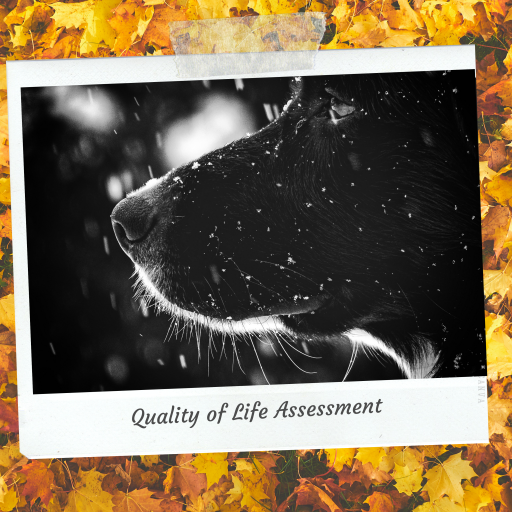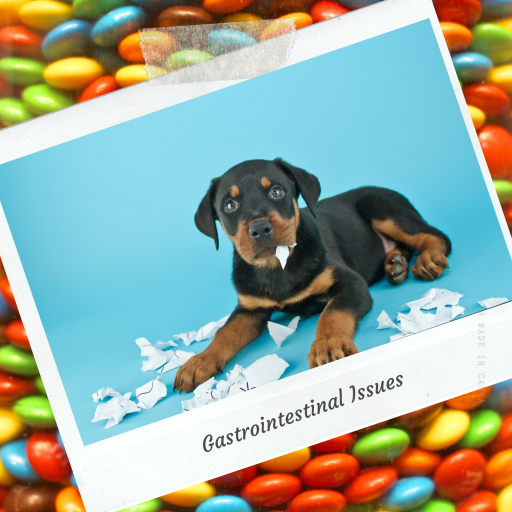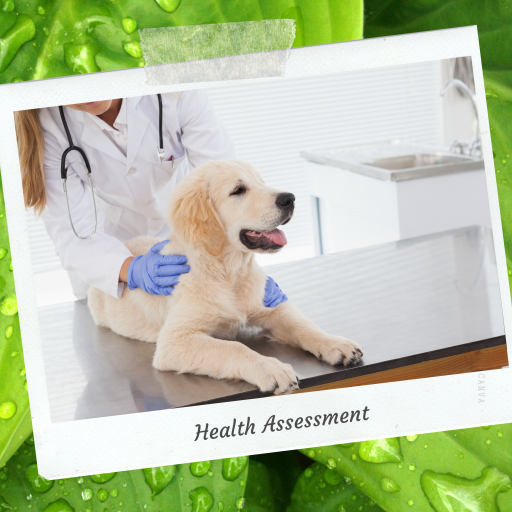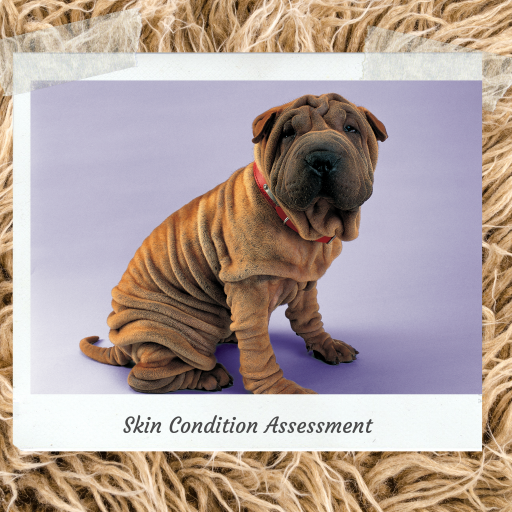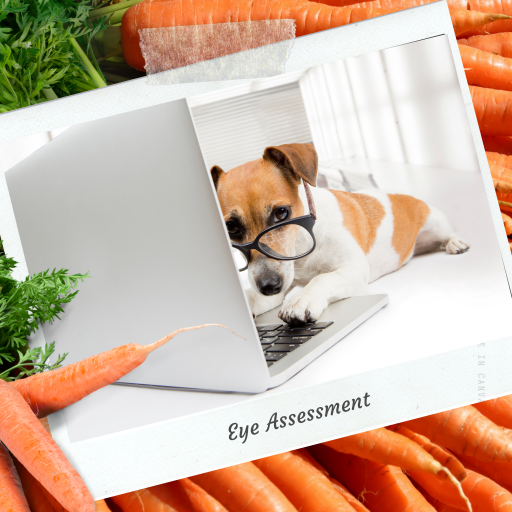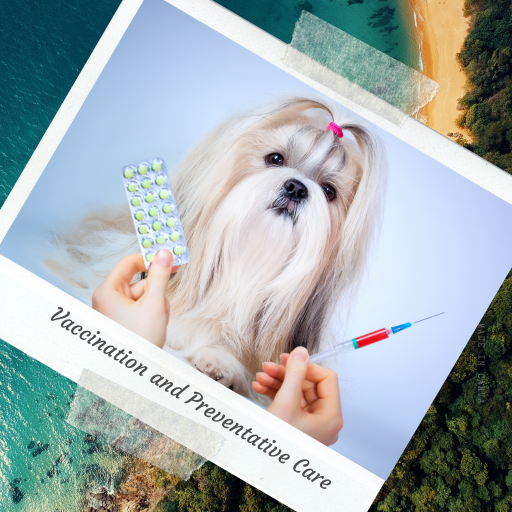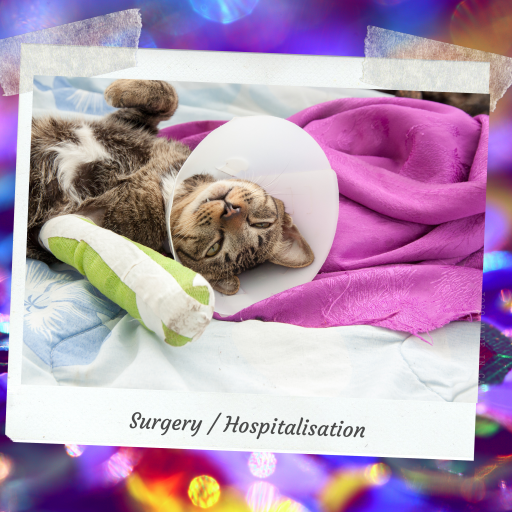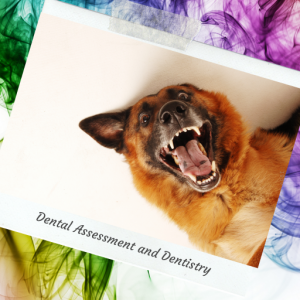
Dental Examination and Dentistry
Dental disease pertains to teeth and periodontal disease, which includes the structures surrounding and supporting the teeth such as gums. Just like us, pets suffer from dental disease, in fact, it is the most common form of disease seen in companion animals today.
Dental disease is one of the most untreated diseases, a reason for this is that owners are often unaware of the problem and often don’t realise that their pet is in pain and suffering. If you have ever had a toothache or sensitive gums/teeth you may have some idea of the pain involved.
Humans tend to have better dental hygiene than their pets, so as you would expect a pet’s condition is generally worse and much more painful. Many owners believe that their pet would stop eating if they were painful; however this is rarely the case. Not eating is inconsistent with life and generally a pet will only completely stop eating for the most extreme conditions or if they felt nauseous from other conditions.
Dental disease can also impact the health of a pet’s major organs. Left untreated, bacteria associated with periodontal disease can move throughout the body invading heart, kidney and liver tissues; can increase insulin resistance and has even been implicated in brain infarctions. Signs of dental disease are often subtle and include:
- Build up on teeth
- Redness of gums – may be seen as a thin red line in early stages
- Swelling of gums
- Bleeding gums
- Bad breath
- Loose teeth
- Loss of teeth
- Broken or chipped teeth
- Discoloured teeth
- Gradual slowing down or becoming less active or playful – often mistaken as aging
- Chewing to one side or eating differently
- Finicky eater or not eating certain foods – such as dry food or harder foods
- Hesitance or reluctance to eat
- Reduced appetite
- Not eating – not as common as most pets will continue to eat despite pain
- Not chewing on toys
- Weight loss
- Dropping food
- Drooling
- Sore mouth or doesn’t like mouth touched
- Rubbing, scratching or pawing their face
- Lump or swelling on face
Dental disease is most commonly caused by plaque build-up which is a film formed from the multiplication of bacteria on the tooth surface. Plaque mineralises to form calculus and increased surface area for plaque adherence. This accumulation leads to inflammation of the gums (gingivitis). Continued inflammation leads to loss of tissue attachment to teeth and deeper structures being affected including bone loss. Continued inflammation also leads to changes in bacterial composition, which is what causes bad breath. Therefore; when bad breath is present, there is also advanced dental disease.
Plaque build-up occurs when there is no daily removal. Predisposing factors include breed, crowded or misaligned teeth, immunosuppression, other diseases, diet, retained baby teeth, fractured teeth, hair going into the mouth and other causes.
Preventative care is necessary to maintain good dental health. If good oral hygiene measures are started early enough there is no reason for our fur babies to lose teeth due to periodontal disease.
Homecare options include brushing teeth, dental chews, dental food, oral washes and other options help to slow down plaque build-up and control dental disease. Keep in mind that brushing daily is best and not all dental products are equal. For instance some chews have been shown to reduce build up while others have not. Homecare is only effective before plaque mineralises to form calculus or further advancement of disease; after this professional scaling and/or other treatment is needed.
Just like us, even with good homecare professional scaling on a regular basis is generally still necessary to maintain good dental health. The extent and frequency of professional care is dependent upon an owner’s ability to perform homecare, the pet’s acceptance of homecare, the degree of dental disease and the pet’s predisposition to dental disease.
We can assess the dental health of your pet and advise you of options available. Where professional care is required we can schedule and perform dental procedures. We have access to fully equipped veterinary surgeries including dentistry, dental x-ray , and hospital equipment and can also arrange transportation of your pet to and from the clinic if you like, ensuring continuity of care for your fur-baby.
A referral to an appropriate veterinary dentistry member or specialist centre can also be arranged. Specialist referral may be recommended for complicated or extensive extractions and advanced techniques such as root canals to save teeth or orthodontic procedures.
What to expect:
Before the procedure: For safety reasons all pets that we perform dentistry on will be placed on IV fluids. A blood test beforehand is highly recommended, and in older patients mandatory for the safety of your pet. If your pet suffers from other conditions, such as kidney disease, they may require treatment prior to the procedure. Further investigation into other conditions prior to the procedure may be recommended.
The dental procedure: Anaesthetic is necessary to properly examine the extent of dental disease. As it is not possible to adequately perform thorough assessment or treatment in a patient that is awake.
While under anaesthetic a comprehensive oral and dental assessment and treatment(s) will take place including:
- Dental probing around every tooth for gum and bone loss, or root exposure,
- Feel each tooth for mobility,
- Check any worn or broken tooth surfaces,
- Detailed dental charting of problem areas,
- Checking the rest of the oral cavity for any abnormality
- Where indicated X-rays will be undertaken (aids in determining what treatment is necessary and finding unseen disease).
- If agreed to, a sample of any oral lumps found may be sent for laboratory assessment
- Extractions if necessary and agreed to. May require surgical approach /bone remodelling procedures for certain teeth
- Nerve block(s) for extraction site(s)
- Extraction site edges smoothed, sockets cleaned and flushed then stitched closed where appropriate
- Dental scale and polish including below the gum line.
- Cleaning of root surface if required. This may require a surgical approach
- Dental sealant applied if required
- Pain medication if appropriate
After the procedure: Your pet will be constantly monitored until they have fully recovered and brought back home to you.
Please note that it is not possible to give an accurate estimate of the extent of dental disease during the initial inspection of a patient who is awake. Without the comprehensive inspection while under anaesthesia problem areas may be missed. We try to give a realistic estimate and generally try to account for the unexpected. Treatment required is dependent on the extent of the problem. If the problem is extensive or we come across a problem that would be better suited to a dental specialist/member or require a specialist procedure to save a tooth then we may stage the procedure.
In these cases, the remaining treatment is completed another day and requires more than one anaesthetic. The main reason for this is that we prefer not to keep our patients under anesthesia past a certain amount of time to ensure their safety. If you do choose to go ahead with referral, then the dental specialist/member will want to examine our findings and plan for your pet’s procedure. We will call you on the day to discuss findings and recommendations before going ahead with any extra treatment options, including dental specialist referral. We will not do any treatments without your consent.
We understand that you love your pet, but we also understand that people have different limitations/constraints. There are often different ways to manage problems so we can discuss these and strive for a solution that suits your situation.

